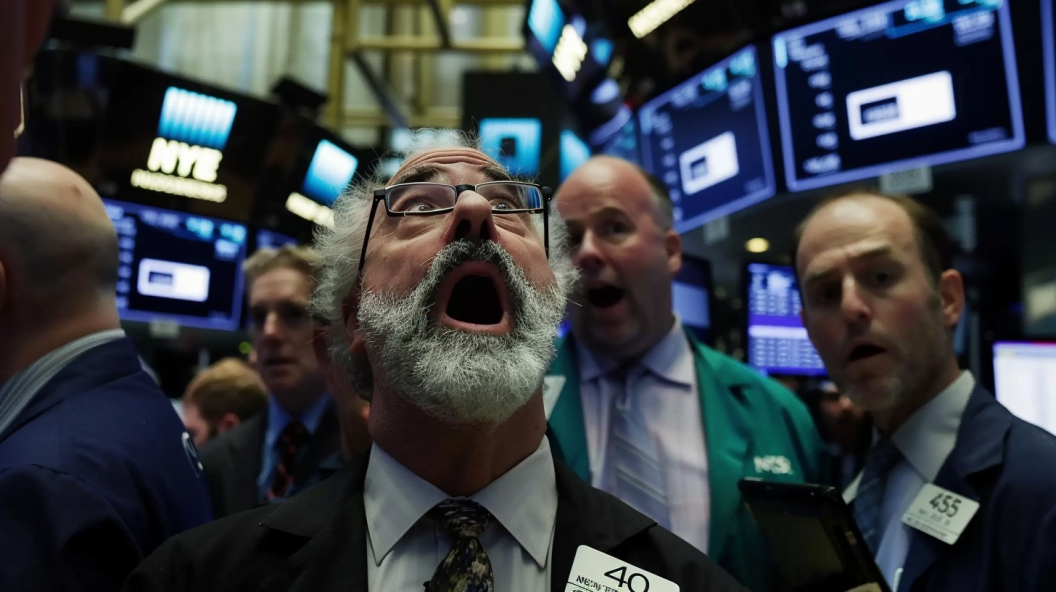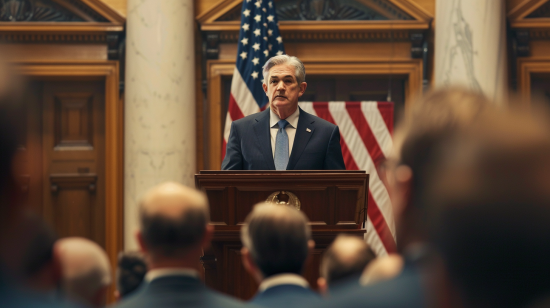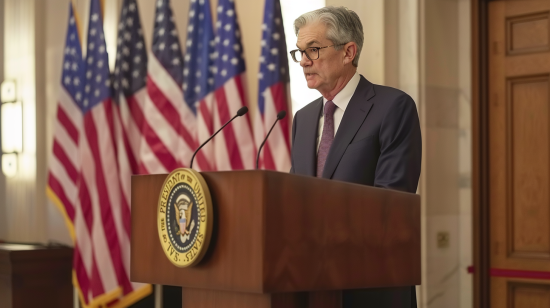| Key Points: – S&P 500 and Nasdaq on track for seventh consecutive day of gains – Markets recovering from recent downturn, buoyed by positive economic data – Investors eye Jackson Hole symposium for insights on Fed’s rate cut trajectory |
Wall Street is gearing up to close its most impressive week of 2024, with major indices rebounding strongly as concerns about an economic slowdown dissipate. The S&P 500 and Nasdaq are set to mark their seventh straight day of gains, erasing losses from a recent market tumble and signaling renewed investor confidence.
This remarkable turnaround comes on the heels of encouraging economic data that has alleviated fears of an imminent recession. The week’s positive momentum has been fueled by reports indicating that inflation continues to trend downward towards the Federal Reserve’s target, while American consumer spending remains robust.
Oliver Pursche, senior vice president at Wealthspire Advisors, commented on the market’s resilience: “It has been a great week, and it has been a great year. There’s been some volatility, but major indices are all up nicely. What we saw a couple weeks ago was the market blowing off some steam.”
The rally has been broad-based, with the financial sector leading gains among S&P 500 components. However, not all sectors have participated equally, with real estate showing some weakness. This divergence highlights the nuanced nature of the current market environment, where investors are carefully weighing various economic indicators and sector-specific factors.
Looking ahead, market participants are eagerly anticipating the upcoming Jackson Hole Economic Symposium. This annual gathering of global central bank officials, scheduled for next week, could provide crucial insights into future monetary policy decisions. Federal Reserve Chair Jerome Powell’s keynote speech on Friday is expected to be a focal point, potentially setting expectations for the U.S. interest rate trajectory.
Austan Goolsbee, President of the Federal Reserve Bank of Chicago, has already set a dovish tone, cautioning against maintaining restrictive policy longer than necessary. This sentiment, coupled with recent economic data, has led to increased speculation about potential rate cuts. According to CME’s FedWatch tool, there’s a 74.5% probability that the Fed will implement a 25 basis point cut at its September meeting.
The market’s optimism is reflected in the performance of major indices. As of early afternoon trading, the Dow Jones Industrial Average was up 0.27%, the S&P 500 gained 0.21%, and the Nasdaq Composite added 0.25%. These gains put all three indices on track for their most substantial weekly percentage increases since October.
Despite the overall positive sentiment, some individual stocks faced headwinds. Applied Materials saw its shares decline by 1.7% despite forecasting stronger-than-expected fourth-quarter revenue. Similarly, packaging company Amcor’s U.S.-listed shares dropped 4.9% following a larger-than-anticipated decline in fourth-quarter sales.
As the trading week draws to a close, the market’s resilience in the face of recent volatility has been noteworthy. The shift from recession fears to recovery hopes underscores the fluid nature of investor sentiment and the importance of economic data in shaping market narratives.
With the Jackson Hole symposium on the horizon, investors will be keenly watching for any signals that might influence the Fed’s approach to monetary policy. The coming weeks could prove crucial in determining whether this rally has staying power or if new challenges lie ahead for Wall Street.














